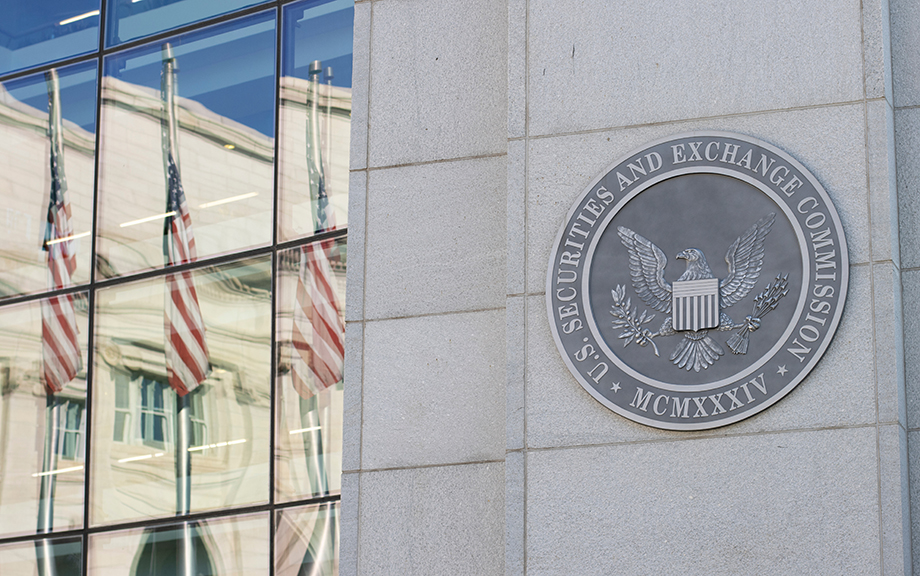The Shadow Value of Central Bank Lending
Tomas Jankauskas, Ugo Albertazzi, Lorenzo Burlon, and Nicola Pavanini

After the Great Financial Crisis, the European Central Bank (ECB) extended its monetary policy toolbox to include the use of long-term loans to banks at interest rates close to zero or even negative. These central bank interventions were aimed at supporting the transmission of expansionary monetary policy and likely played a crucial role in bolstering the financial stability of the euro area, namely by reducing the chance of bank runs. However, quantitative evidence on the effects of these interventions on financial stability remains scant. In this post, we quantify the effectiveness of central bank lending programs in supporting financial stability through the lens of a novel structural model discussed in this paper.
A Danger to Self and Others: Consequences of Involuntary Hospitalization
Natalia Emanuel, Pim Welle, and Valentin Bolotnyy

Every state in the country has a law permitting involuntary hospitalization if a person presents a danger to themselves or others as a result of mental illness. If a person reaches this high bar, the logic goes, they should be confined in a psychiatric hospital for treatment until they are stabilized. (The process is also sometimes called involuntary commitment, involuntary psychiatric hold, or sectioning.) Although there is no definitive national accounting, it is estimated that about 1.2 million involuntary psychiatric hospitalizations occur every year (Lee and Cohen 2021). This puts the magnitude on par with the 1.2 million individuals imprisoned in state, federal, and military prisons every year (Carson 2022). In a new Staff Report, we use data from Allegheny County, which includes Pittsburgh, to measure how psychiatric commitments are impacting an individual’s risk of danger to themselves or others, earnings, and housing.
Consumption Sensitivity of Uncertain Households
Gizem Kosar and Davide Melcangi

Uncertainty is a key component of everyday economic decisions of consumers and, perhaps not surprisingly, it plays a central role in economic models. According to economic theory, forward-looking consumers rely on their expectations and perceived uncertainty when making economic decisions. Nevertheless, measuring the uncertainty that households actually perceive, and how it affects consumer behavior, is challenging. The probabilistic nature of the Survey of Consumer Expectations enables us to make progress on this subject and to construct household-specific time-varying uncertainty. In our recent Staff Report, we empirically show that the marginal propensity to consume (MPC) is increasing and concave in perceived uncertainty. This novel empirical evidence poses a challenge for the conventional consumption-savings model with incomplete markets.
End‑of‑Month Activity Across the Treasury Market
Michael J. Fleming, Jonathan Palash-Mizner, and Or Shachar

In a 2024 post, we showed that interdealer trading in benchmark U.S. Treasury notes and bonds concentrates on the last trading day of the month, likely due to passive investment funds’ turn-of-month portfolio rebalancing. In this post, we extend our trading activity analysis to the full range of Treasury securities and market segments. We find that trading is even more concentrated on the last trading day of the month for other types of Treasury securities and in the dealer-to-customer segment of the market, with trading volume in off-the-run Treasuries twice as high as on other days, on average.
The Rise of Sponsored Service for Clearing Repo
Adam Copeland and R. Jay Kahn

Recently instituted rule amendments have initiated a large migration of dealer-to-client Treasury repurchase trades to central clearing. To date, the main avenue used to access central clearing is Sponsored Service, a clearing product that has, until now, received little attention. This post highlights the results from a recent Staff Report which presents a deep dive into Sponsored Service. Here, we summarize the description of the institutional details of this service and its costs and benefits. We then document some basic facts on how market participants use this service, based on confidential data.
Dutch Treat: The Netherlands’ Exorbitant Privilege in the Eighteenth Century
Stein Berre and Asani Sarkar

The term “exorbitant privilege” emerged in the 1960s to describe the advantages derived by the U.S. economy from the dollar’s status as the de facto global reserve currency. In this post, we examine the exorbitant privilege that accrued to the Netherlands in the eighteenth century, when the Dutch guilder enjoyed global reserve currency status. We show how the private actions of financial institutions created and maintained this privilege, even in the absence of a central bank. While privilege benefited the Dutch financial system in many ways, it also laid the seeds of later financial crisis.
A Country‑Specific View of Tariffs
Matthew Higgins and Thomas Klitgaard

U.S. trade policy remains in flux. Nevertheless, important elements of the new policy regime are apparent in data through July. What stands out are the large differences in realized tariff rates by trading partner, ranging from less than 5 percent for Canada and Mexico to 15 percent for Japan and to 40 percent for China. This post shows that the bulk of cross-country differences in tariff rates is explained by two factors: the U.S.-Canada-Mexico free trade agreement and differing sales shares in tariff-exempt categories.
Do Employers Comply with Pay Transparency Requirements in Job Postings?
Richard Audoly and Roshie Xing

Over the past few months, New Jersey and Vermont have joined a growing number of U.S. states in requiring employers to include an estimated salary range in their online job listings. Has this push for greater pay transparency been effective? In this post, we use granular data on U.S. job postings from Lightcast to assess employers’ compliance with these new regulations. Focusing on the jurisdictions that adopted pay transparency laws early on, we find that many employers ignore pay transparency requirements; roughly a quarter of job listings covered by these laws fail to include salary information.
A Historical Perspective on Stablecoins
Stephan Luck

Digital currencies have grown rapidly in recent years. In July 2025, Congress passed the “Guiding and Establishing National Innovation for U.S. Stablecoins Act” (GENIUS) Act, establishing the first comprehensive federal framework governing the issuance of stablecoins. In this post, we place stablecoins in a historical perspective by comparing them to national bank notes, a form of privately issued money that circulated in the United States from 1863 through 1935.










 RSS Feed
RSS Feed Follow Liberty Street Economics
Follow Liberty Street Economics